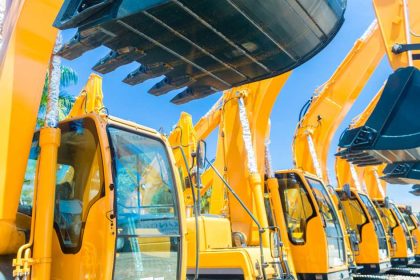The Queensland government is handing developers a 350 million dollar infrastructure lifeline to boost residential construction on state-owned land.
Premier Steven Miles and Housing Minister Meaghan Scanlon announced on Saturday new initiatives under the Homes for Queenslanders plan to “deliver more homes, faster”.
Alongside the hefty Incentivising Infill Fund, which would relieve infrastructure charges for home builds on “underutilised land” close to jobs, services and facilities, the Premier also vowed to release more state-owned property earmarked for the development of social and affordable homes.
“A key pillar of the Homes for Queenslanders plan is building more homes faster,” he said.
“The Infrastructure Infill Fund, combined with initiatives like the Ground Lease Delivery Model, will deliver more housing options in demand areas – close to schools, transport and healthcare.
“This funding is in direct response to the feedback we’ve received from industry. My government is listening, and we want to work together to get the job done.”
According to Miles, industry players pinned slowing build rates on the rising infrastructure charges faced by major developments.
With the changes set to free up an extra 25,000 lots in South East Queensland, developers wanting to break ground will have to show proof of their projects’ “community benefit” and provide smaller and more affordable housing to be eligible for the infill funding.
“This fund will unlock the type of homes Queenslanders are telling us they need – that are more affordable, the right size and allow access to daily needs,” said Minister Scanlon.
“We want to create new opportunities in urban areas so that younger generations can enter the market, and older generations wanting to downsize can stay near their families.”
These “right-size” homes are expected to be high-density dwellings (think townhouses or units) that would accommodate South East Queensland’s recent population boom.
According to state officials, the region will need to see at least 863,600 new dwellings by 2046 – or approximately 34,500 homes a year.
Speeding up the planning process
The government is also set to establish a team of state officials dedicated to speeding up planning and development for affordable and social housing, as well as state-significant proposals.
The team will oversee five new pilot housing projects in Varsity Lakes, Mango Hill and Pimlico based on “inclusionary planning”, with the end goal being to provide 20 per cent more affordable housing through flexible planning controls.
The state government changes have the potential to override the power of local council planners.
According to Bluebird Property Managing Director Riye Arai-Coupe, this latest round of government aid is vital to helping the industry build more homes in better locations.
“The Incentivising Infill Fund will create many more opportunities for developers and community housing providers to build new homes in more locations that offer good access to public amenities such as transport, schools and employment,” he said.
“Any support that aids in reducing the cost of building more affordable homes in well-serviced areas is very welcomed by the industry.
“The new Ground Lease Model pilot will ultimately unlock new land and opportunities to build new social and affordable housing that has otherwise not been readily available to community housing providers and the private sector.
“Unlocking state-owned land for housing while reducing the cost of new homes will also attract new investment into social and affordable housing and will enable further growth in new housing supply.”







